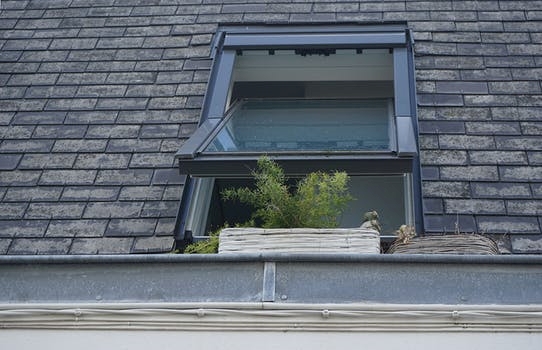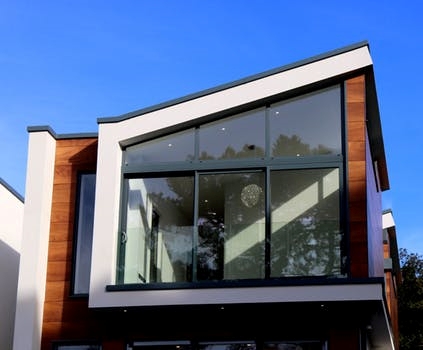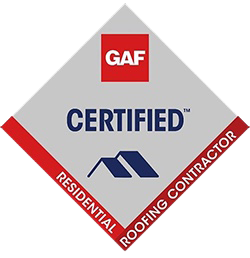HOW FOUNDATION PROBLEMS CAN CAUSE ROOF DAMAGE

But what exactly does protecting your roof from damage really entail? For many homeowners, it entails regularly inspecting the roof surface for damage. While this is great, it isn’t exhaustive!
Sometimes, you have to look down as well. Roof damage and foundation problems tend to go hand in hand. If your roof is wavy or saggy, it’s likely your home’s foundation is the root of the problem.
Simply put, when the foundation moves, so does the roof. Roof problems emanating from foundation damage are especially common in areas that experience a lot of foundation issues, such Dallas.
To protect your investment and ensure your home lasts for generations to come, proper care of your home’s foundation is essential. By protecting your foundation, you’ll also be protecting your roof against unnecessary damage.
When your roof has broken, chipped, cracked or blistered tiles, environmental factors are likely to blame. Such environmental factors include lightning, falling tree branches, storms, rain, and too much sun and wind.
However, when your roof looks wavy, saggy, bowed, or curved, the culprit is almost always the foundation. Have a foundation repair specialist look at it immediately. As with any other structural problem, the secret is to act quickly. Delays will only make the problem much worse.

Common Foundation Problems That Often Lead to Roof Problems
· Separation of counters and cabinets from the wall. Have you noticed any gradual separation of your counters and cabinets from the wall? If so, then something could be affecting your foundation.
At first, you may notice they have moved just a bit. But, over time, you may notice the problem getting worse. This usually happens when the foundation is shifting.
Soil shifting is particularly common in areas with clay soil, such as Texas. Left unaddressed, this will also affect your home’s roof as well.
· Sagging or uneven floors. Do your floors look out of level? If they are, it’s likely your home is experiencing foundation failure.
Sagging or uneven floors occur as a result of excessive settlement. It’s a common problem in older homes. Newer homes can also experience it especially in case of poor workmanship. To check for unevenness, you need a ball. A good example is a tennis ball or a golf ball.
On a level floor, such balls will barely roll. The opposite is true for a floor that is not level.
When the settlement is uneven, one side of the foundation will settle more than other parts. This uneven settlement is what causes foundation failure and what consequently leads to roof issues.

· Gaps around exterior doors or window frames. Do you find that windows and doors don’t latch as well as they used to? If you do, it’s a sign of foundation problem.
Often, this occurs when the foundation moves. Foundation movement is caused by several factors. For example, poor exterior drainage, invasive tree roots, structural instability, hydrostatic pressure and changing soil conditions.
Over time, you’ll begin noticing roof problems as well. You might start to notice the roof sag, sunlight shining through the roof or wet spots forming on the ceiling.
· Slab foundation has moved in an upward direction. Are your floors curving upwards? If they do, your home could be experiencing foundation upheaval.
Foundation upheaval is usually responsible for bumps that appear gradually in a concrete slab floor. It’s a serious problem. It could lead to complete foundation failure and render your home unsafe.
· A dip on the surface of the floor. Do your floors appear to be sinking? If they do, your home could be experiencing foundation settling.
Foundation settling is often caused by soil erosion. Early signs include cracks in walls, windows that stick, doors that jam, or even worse.
Foundation settling, in most cases, is uneven. That is, one side will often settle faster than others. This differential settling is what cases foundations to fail. Over time, this will also cause roof problems as well.
· Foundation cracks and other types of fractures. Do you notice cracks on your foundation? If you do, it’s likely your home is experiencing a foundation problem.
Hairline cracks are generally typical even in newer homes. However, when the size of the cracks keeps increasing, you should worry. Inclement weather conditions and expanding and contracting soils are often the cause of the problem.
If your home is experiencing any of these problems, call a foundation repair professional immediately. Left unattended, the problem will only exacerbate and affect other structures such as the roof as well.
Generally speaking, if your foundation bows, moves or shifts, then expect your roof to have a hump, sag or become wavy. They may be opposite to each other, but they are certainly connected.




22503 Katy Fwy. Suite No. 27, Katy, TX. 77450














